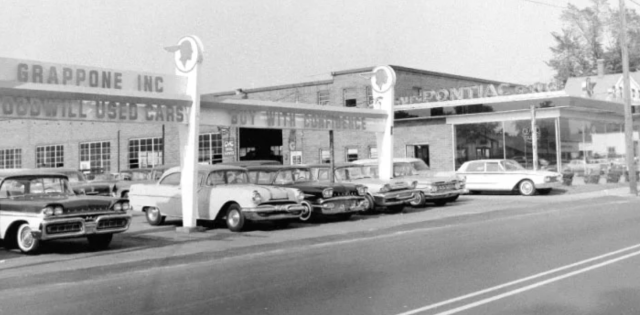New light-vehicle sales improved for the third consecutive month in July. The July SAAR totaled 14.5 million units, a decline of 14.4% compared with July 2019 but up from the SAAR of 13.1 million units for June 2020. In terms of raw volume, July sales were up by just over 120,000 units from June. And through the first seven months of the year, new light-vehicle sales were off by 22.1% compared with the same period in2019. American consumers continue to choose light-trucks over cars, with light trucks representing 76% of all vehicles sold in July and 75.4% of all new vehicles sold so far this year.
Similar to May and June, fleet sales fell more than retail sales did in July. According to Wards Intelligence, retail sales were off by 10% year over year, while fleet sales declined by a substantial 60% year over year. Vehicles have been selling quickly once they reach dealer lots. According to J.D. Power, 41% of all vehicles sold in July spent fewer than 20 days on the lot, up from 35% a year ago. Inventory constraints in popular segments may have limited some sales in July, and according to Wards Intelligence, final inventory numbers are expected to register an eight-year low for the month. Because of such robust demand, incentive spending was dialed back in July. Preliminary estimates from J.D. Power peg incentive spending per unit at $4,236, down from June 2020 but up by $166 compared with July 2019.
Our outlook has not changed much since last month. We expect new-vehicle retail sales will continue to recover for the rest of the year, while fleet sales will continue to struggle. Inventory constraints in popular segments will be a headwind for new-vehicle sales for the rest of the summer. But barring any unexpected parts delays or vehicle plant shutdowns stemming from new COVID-19 outbreaks, we expect that vehicle inventory levels will be at close to normal levels by the end of the summer. For 2020, we expect new light-vehicle sales will fall to between 13 million and 13.5 million units.










